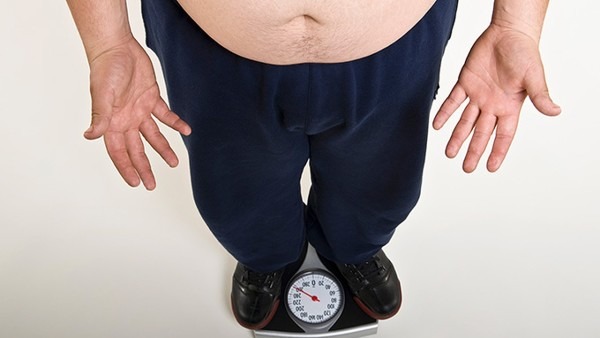Getting sleeve length right is one of those sneaky little details that separates "meh" outfits from "whoa, where'd you get that?" looks. The perfect sleeve hits that Goldilocks zone—not too short, not too long, but just right for your body, the season, and the vibe you're going for. Whether you're rocking a crisp dress shirt, a cozy sweater, or a breezy summer tee, nailing the sleeve length can make all the difference in comfort and style.

For dress shirts and blazers, the classic rule is that sleeves should end right at the base of your wrist bone—where your hand meets your arm. This leaves just enough room for a watch or bracelet to peek out without looking sloppy. But let’s be real, not everyone’s arms are the same length, and off-the-rack shirts don’t always play fair. If you’re constantly rolling up your sleeves or tugging them down, it’s time for a tailor (or at least a better shopping strategy).
Short sleeves should hit mid-bicep—any longer and you risk looking like you borrowed your little brother’s shirt, any shorter and you might as well be wearing a tank top. For polos and tees, the sleeve hem should graze the halfway point of your upper arm. If you’re muscular, a slightly tighter sleeve can show off those gains, but if you prefer a looser fit, just make sure it doesn’t flap around like a windsock.
When it comes to sweaters, hoodies, and flannels, sleeve length is all about function. Too short, and your wrists freeze; too long, and you’re swimming in fabric. The ideal length lets you move freely without constantly adjusting. For layering, your base layer (like a thermal or fitted long-sleeve tee) should be snug enough to stay put under bulkier pieces. Outer layers, like coats and jackets, should cover your wrists but not swallow your hands—unless you’re going for that "borrowed from a giant" aesthetic.
Suit jackets and tuxedo sleeves should show about half an inch of your dress shirt cuff. This tiny peek of crisp white fabric is the mark of a well-tailored look. If your jacket sleeves are covering your shirt completely, it’s a dead giveaway that something’s off. And for dress shirts? The cuffs should stop right at the base of your thumb when your arms are relaxed—no bunching, no awkward gaps.
Street style loves playing with proportions—oversized sleeves, cropped jackets, and dropped shoulders are all fair game. The key here is intentionality. If you’re going for the slouchy, relaxed look, make sure the rest of your outfit balances it out. A super-long sleeve on a hoodie can look cool with fitted pants, but pair it with baggy jeans and you might just disappear into a fabric void.
Summer calls for breathability—shorter sleeves or rolled-up cuffs keep you cool. In winter, longer sleeves (or thumbholes, if you’re into that athleisure life) help lock in warmth. Transitional seasons are where layering shines: a quarter-length sleeve under a lightweight jacket gives you flexibility when temps swing wildly between morning and afternoon.
If you’re constantly frustrated with sleeve length, a tailor can work magic. Dress shirts, blazers, and even some knitwear can be adjusted for a perfect fit. For thicker fabrics like wool coats, alterations can be trickier, so it’s worth investing in pieces that fit well from the start. And if you’re DIY-inclined, learning to cuff or pin sleeves can save you time and money.
At the end of the day, sleeve length is about balancing comfort, function, and personal style. Whether you’re a stickler for tradition or a rule-breaking fashion rebel, the right sleeve length can elevate your outfit from "just clothes" to "outfit of the day" material. So next time you’re shopping or getting dressed, give your sleeves a second glance—they might just be the secret weapon your wardrobe’s been missing.
























